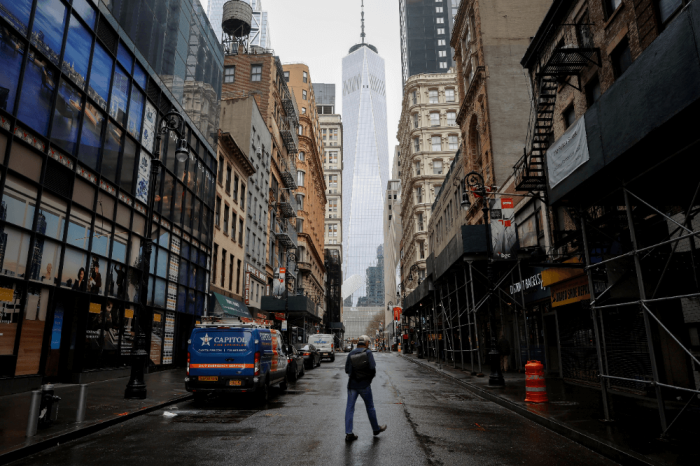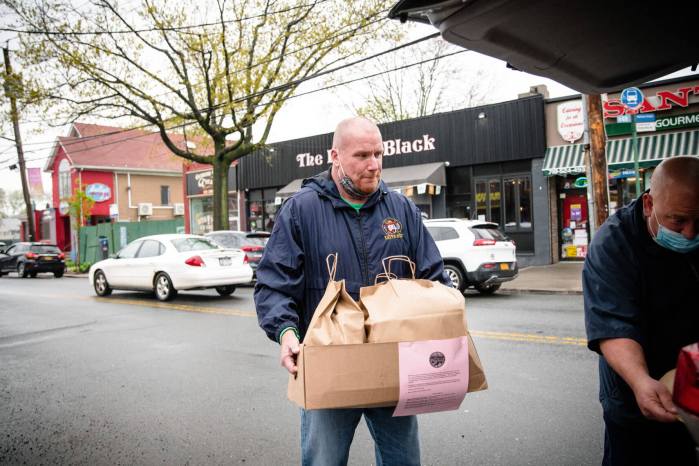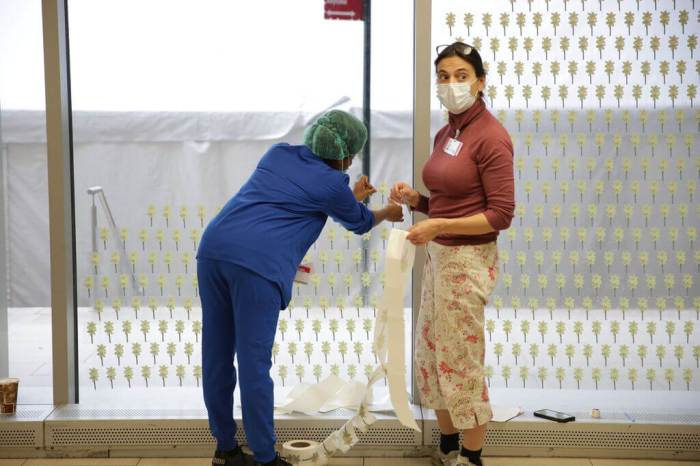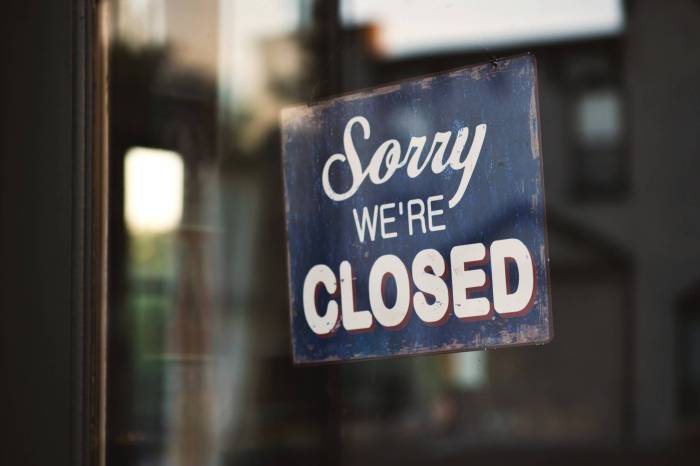Nearly three out of every four Brooklynites say they are worried about running out of money in the next month as a result of the ongoing pandemic, a recent citywide survey found.
“The level of stress that people are living with has grown exponentially,” said Lisa David, president and CEO of Public Health Solutions, the health-equity focused nonprofit that conducted the survey. “And we are seeing a lot of new people who lost their jobs, or lost their health insurance who have never had to rely on government services before and are trying to figure out how to get access to them.”
Public Health Solutions works to support residents of all five boroughs in obtaining health and financial services — something, David said, has given the organization an inside look at how the pandemic is affecting the city’s most vulnerable communities.
“We work in all the boroughs serving low-income communities, predominantly communities of color,” David said. “I have been doing calls with every single program and every site to ask what they are seeing on the ground.”
The data — which surveyed 1,000 city dwellers — found that Brooklyn residents only trailed the Bronx in widespread fear of financial instability brought on by the current crisis. Financial concerns were most prevalent in the borough’s lowest-income communities such as East New York and Brownsville, which also happen to be some of the areas hardest hit by the virus.
“The poor are getting poorer and the sick are getting sicker as a result of this pandemic,” David said. “The reason why this is the case was systemic prior to COVID. COVID didn’t cause this, COVID accentuated it significantly.”
Food insecurity and quality-of-life conditions are leading factors in the pandemic’s heightened impact in lower-income communities, David said.
“We know from research that these social issues, where you live, the food you eat, the job you have …. have a bigger impact on people’s health than the actual medical care that you get,” she said.
Brooklyn previously recorded the highest rates of food insecurity in the city, and the trend has continued through the pandemic, David said, with more than 70 percent of Brooklynites fearing not being able to feed themselves or their families.
According to the survey, nearly one in five borough residents — or 18 percent — applied for or used food stamps since the start of the pandemic and 10 percent patronized food pantries or soup kitchens in the same time period. Meanwhile, only 8 percent of Queens residents reported using the same services.
“Brooklyn more than any other borough has residents applying for and utilizing the food stamp program, SNAP, significantly more than other boroughs,” David said.
And while the government-issued stimulus check provided a small lifeline for some, David said, 28 percent of Brooklynites reported that it wasn’t enough to cover their basic needs, and another 25 percent said the $1,200 check would only get them through the next few weeks.
“We know across the board that whatever people got in terms of their stimulus checks — if they got one — doesn’t even meet their needs right now,” David said. “Never mind [whether or not] it’s going to carry them through what this is going to be.”
Looking beyond the pandemic, David hopes the city will not scale back its social services — something, she said, will be crucial to those whose hardships will continue.
“The health and economic impact on these families is going to linger and last well beyond this crisis,” David said.























